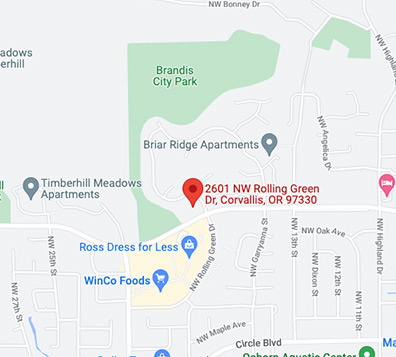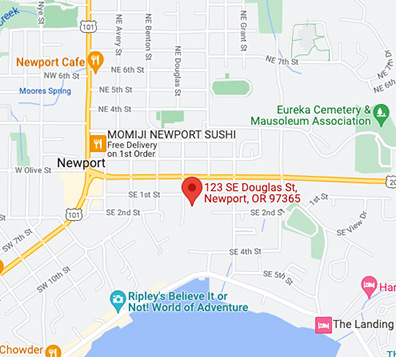Gum Recession & Tissue Grafting
Your gums may have receded for a variety of reasons, including aggressive tooth brushing or periodontal disease. You may not be in control of what caused the recession, but prior to treatment, we can help you identify the factors contributing to the problem.
Gum grafting will cover the exposed roots to protect them from decay, help reduce tooth sensitivity, and improve the aesthetics of your smile. Whether you undergo a gum graft to improve function or aesthetics, you’ll probably receive the benefits of a beautiful new smile and improved periodontal health: your keys to smiling, eating, and speaking with comfort and confidence.
Do you have gum recession?
Gum recession does not happen overnight. You may not even notice your gums have receded, because it is a very slow, gradual process. However, without a gum tissue graft, recession can have a detrimental effect on the health and function of your teeth.
It is important to notice if:
- You have sensitivity to hot or cold temperatures, or even to sweet, spicy, or sour foods
- Your teeth appear longer than normal
- Spaces between your teeth seem to grow
- The roots of your teeth begin to show
Gum Tissue Grafting
When you come to our office for your grafting procedure, a local anesthetic will be given to numb the areas involved. We want your experience in our office to be as comfortable as possible, so let us know if there is anything you need during your procedure.
Depending on your specific needs, Dr. Tom or Dr. Fred will perform one of three different types of gum tissue grafts.
- Connective tissue grafts: The most common method to treat root exposure, connective tissue grafting involves the periodontist cutting a flap of skin on the roof of your mouth (or palate) and removing tissue from under the flap, called sub-epithelial connective tissue. This tissue is then stitched to the gum tissue surrounding the exposed root. After the connective tissue, or graft, has been removed from under the flap, the flap is then stitched back down.
- Gingival grafts: Similar to a connective tissue grafting, a free gingival graft involves the use of tissue from the roof of the mouth. But instead of making a flap and removing tissue under the top layer of flesh, a small amount of tissue is removed directly from the roof of the mouth and then attached to the gum area being treated. This method is used most often in people who have thin gums to begin with and need additional tissue to enlarge the gums.
- Donor Tissue grafts: (“Acellular Dermal Matrix” “Alloderm”) is performed similarly to a connective tissue graft. Instead of using a patient’s own tissue, the technique involves the use of donated medically processed human skin tissue that is rehydrated as a source for the graft. The advantage of this procedure is that there is no need for a palatal donor site in patients with an aversion to using their own tissue, and it provides the means to treat a significant number of teeth during a single session. Donor tissue grafts involve a slightly higher chance of infection and may not be as predictable in their ability to cover recession. Some areas of grafting may require additional future connective tissue grafting.
Many factors will contribute to your chosen grafting technique. Our office can tell you which method will work best for you, your health, and your smile.


